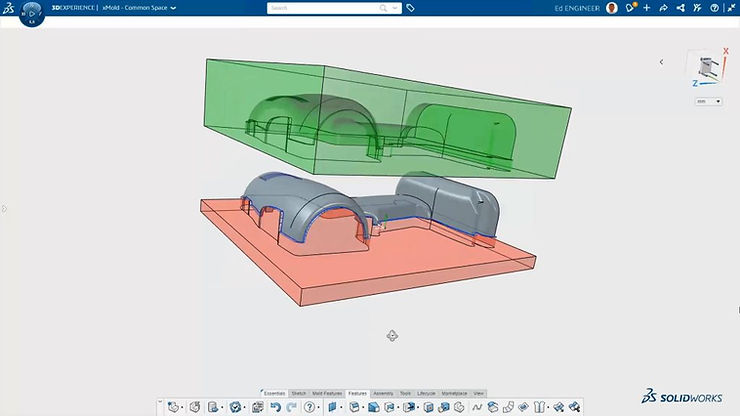By: Luke Tang
A formidable threat looms above us – a shower of potentially lethal asteroids hurtling towards Earth. Though not immediately visible in the sky, these celestial bodies possess the capability to inflict catastrophic damage on a planetary scale. The specter of extinction is all too real, prompting the question: What measures can we take to avert this peril?
In the present, the Vera C. Rubin Observatory, situated in Chile, showcases its prowess in employing the Rubin telescope and HelioLine3D. This cutting-edge technology enables the identification of previously unnoticed asteroids that pose a threat equivalent to leveling a city or even a small country. Impressively, HelioLine3D streamlines this process to a mere two algorithms, outperforming the conventional four-algorithm approach. Furthermore, it surpasses the effectiveness of surveys conducted by ATLAS (Asteroid Terrestrial-impact Last Alert System).
The operation involves the Rubin telescope’s nightly survey of the sky, supplemented by the discerning gaze of HelioLine3D. It utilizes the observatory’s huge mirrors, expansive camera, and all-seeing eye to scan the galactic backwater for suspicious outliers. Notably, HelioLine3D uncovered the presence of 2022 SF289, an asteroid marked as “potentially hazardous.” This asteroid’s trajectory brought it perilously close to Earth, within a mere 140,000 miles at its nearest approach – a distance merely half that to the moon.
This groundbreaking technology stands as a crucial safeguard for future generations, shielding them from the specter of extinction akin to that which the dinosaurs faced. By employing innovative tools like the Rubin telescope and HelioLine3D, we can elevate our preparedness and vigilance, minimizing the potential devastation posed by these cosmic threats.











